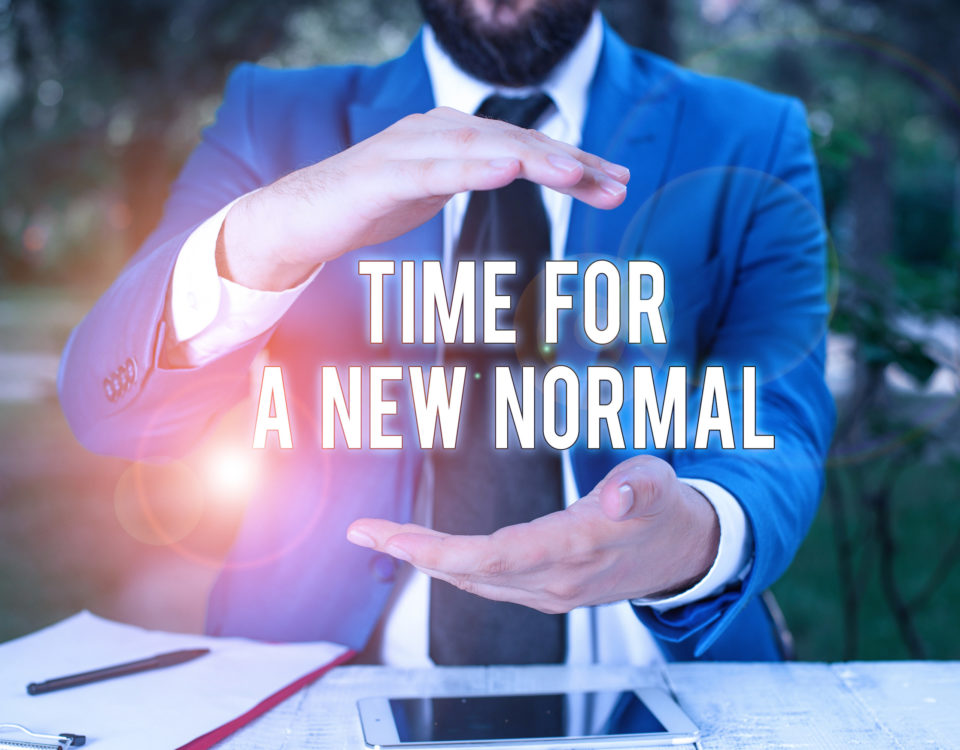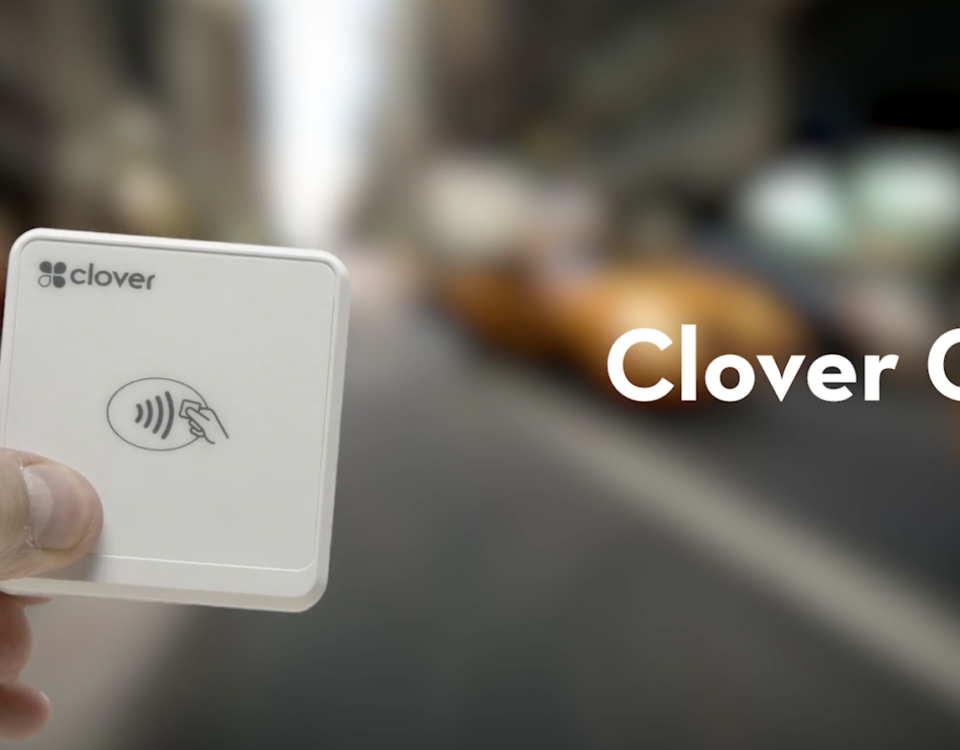
Karma Benefits Food Banks
May 13, 2020Affective Polarization in Multiparty Systems? Comparing ... This article further develops the idea of affective polarization, not by partisanship, but instead by identification with opinion-based groups. We were looking for changes in ideology when changes in feelings are more important. U.S. is polarizing faster than other democracies, study ... They found that in the U.S., affective polarization has increased more dramatically since the late 1970s than in the eight other countries they examined — the U.K., Canada, Australia, New Zealand, Germany, Switzerland, Norway and Sweden. affective polarization, focusing on causes, consequences, and antidotes. DOI 10.3386/w26669. First, this is measuring "affective polarization" — that is to say, the difference between how warmly people view the political party they favor and the political party they oppose. The second is affective polarization: our views of the opposing party have become increasingly negative.. For example: in 2010, most of my friends were conservative, and as a result, I had quite a . Affective polarization is "the tendency of people identifying as Republicans or Democrats to view opposing partisans negatively and co-partisans positively," according to the paper. This is comparatively easy to assess in two-party systems, but capturing the pattern of affect towards multiple parties is more complex in multiparty systems. Scholars typically argue that affective polarization is rooted in group conflict theory, which argues that the value of one's group membership A ffective polarization — people's negative feelings toward members of opposing political parties — has been . While it is debatable whether polarization in policy position is taking place in the electorate, there are clear signs of another form of polarization: voters are describing their feelings for the opposing party and its voters as growing increasingly cold, to the point that many voters now say they would be unhappy if a family . We construct a measure of affective polarization to test H1, H4, and H5 using the above measures of affective evaluations of the parties. Not necessarily. Gidron is an assistant professor at the Department of Political Science at the Hebrew University of Jerusalem. What drives political polarization? His writing has appeared in the American Political Science . affective polarization. N2 - We seek to understand the extent to which affective polarization is driven by in-group love or out-group hate and whether it varies across context. AU - Rudolph, Thomas J. In the last few years, there has been new work in all of these areas, and particularly when it comes to political consequences (as opposed to social consequences) and antidotes. Several research developments have brought about that reassessment. PL22CH08_Malhotra ARjats.cls April18,2019 13:39 In−party feeling Affective polarization Out−party feeling 0 25 50 75 100 1980 19921984 20001988 1996 20122004 20162008 Republicans and Democrats loathe each other now more than ever measured in surveys. We argue that mass partisans' feelings toward the social group coalitions of the parties are an important cause of rising affective polarization. Five countries experienced a decrease in polarization. Cross-Country Trends in Affective Polarization Levi Boxell, Stanford University∗ Matthew Gentzkow, Stanford University and NBER Jesse M. Shapiro, Brown University and NBER August 2021 Abstract We measure trends in affective polarization in twelve OECD countries over the past four decades. One of those is the growing awareness of so-called "affective polarization." The difference (black) is a measure of affective polarization. Thus, ideological divergence increased affective polarization by 17.1 points (SE = 2.2). The US experienced the largest increase in polarization over this period. This rejection based on group membership is called affective polarization, meaning that our feelings (affect) are different towards members of our own group compared to outsiders. Affective polarization refers to the extent to which partisans feel more negatively toward the opposing political party than toward their own (Iyengar et al. We first leverage evidence from the American National Election Study (ANES) Time Series to show that partisans' feelings toward the social groups linked to their in-party (out-party . This affective polarization stems from individuals' iden-tification with a political . "Affective . By Levi Boxell, Matthew Gentzkow, Jesse M. Shapiro. Our studies contribute to the affective polarization literature by identifying institutional causes and remedies of polarization in a comparative context. Recent work shows a link between affective polarization and some concerning behaviors such as Summary by Noam Gidron, James Adams, and Will Horne Concerns over the health of democratic norms and institutions have intensified in recent years (e.g., Levitsky and Ziblatt 2018), with political polarization often cited as a key driver of democratic dysfunction. The 2016 election did not increase political polarization. We advance debates about America's partisan divisions by comparing affective polarization in the USA over the past twenty-five years with affective polarization in nineteen other Western publics. is particularly concerning because partisan affect often only weakly correlates with actual policy preferences Iyengar et al. He is the co-author of American Affective Polarization in Comparative Perspective (Cambridge University Press, 2020). Reprinted with permission from ref. 'Affective polarization' increasingly leaks into social situations, says new study. immutable, and tested the relationship between these beliefs and affective polarization. We conducted an experiment during the last month of the 2012 presidential election varying both the choice of media sources available about the major presidential candidates, and the tone of political advertisements presented to subjects. Answering this question has fundamental . In addition, although affective polarization reflects a blend of both in-party love and out-party hate in both contexts, we find that in-party love is the more dominant source of polarization in nonpolitical settings while out-party hate is the more dominant source in political settings. 2019). This chasm between in- and out-party affect—called affective polarization—encourages citizens to judge politicians and political outcomes in emotional and biased ways, compromising their ability to hold elected leaders accountable. The Origins and Consequences of Affective Polarization in the United States. For the most part, the par-allel increase in partisan sorting, vis-à-vis substantive ideology, and affective polarization are epiphenomenal. Several research developments have brought about that reassessment. "Affective polarization means you're more likely to view the other party as ideologically extreme, and that elections have high stakes and their outcomes . Issue Date January 2020. Three countries experienced a smaller increase in polarization. What is the affective gap between a partisan's evaluation of their own party relative to the opposing party? What explains rising partisan animosity in the United States? The Annual Review of Political Science (22). Affective Polarization in the Wealthy, Democratic World. "This kind of hatred now infects American politics, and social media has helped spread the disease", the . According to our baseline estimates, the US experienced the largest increase in polarization over this period. Is it simply disagreement over the great issues of the day? This limits generalization to other political con- (). Oct 28, 2021. I approached this question with both correlational and experimental methods. Affective polarization has risen in the US, with members of the public likely to say that supporters of the other major political party are hypocritical, closed-minded, and selfish. In a correlational study, political essentialism overall is found to covary positively with affective polarization and social avoidance of political outgroups. Five countries experienced a smaller increase in polarization. "The Origins and Consequences of Affective Polarization in the United States." Annual Review of Political Science 22(1): 129-46 | Paper Druckman, J., S. Gubitz, M. Levendusky, and A. Lloyd (2019). "Affective . Known as partisan and affective polarization, these phenomena refer to the increased import and sorting effect of partisan identities, such as Democrat or Republican, as . As a result, affectively polarized members of both parties will want to limit the other party's ability to vote, speak freely, and protest (because allowing it . Affective polarization has become a defining feature of twenty-first-century US politics, but we do not know how it relates to citizens' policy opinions. Affective polarization is commonly defined as a growing dislike and distrust of politically defined out-groups such as certain parties and their supporters (Druckman and Levendusky, 2019). This phenomenon of animosity between the parties is known as affective polarization. Affective Polarization between Pairs of Parties in Western Democracies Noam Gidron, Hebrew University of Jerusalem James Adams, UC Davis Will Horne, Princeton University While dislike of opposing parties, i.e., affective polarization, is a defining feature of contemporary politics, research on this topic largely centers on the United States. In the ANES time series (see Figure 1), this measure shows a significant increase in affective polarization since 1980, . Affective polarization is a defining feature of 21st century American politics—partisans harbor considerable dislike and distrust of those from the other party. 1 Affective polarization has risen substantially in the US in recent decades. Negative feeling toward opposing political parties is up most sharply in the United States. As I write this, the House Intelligence Committee has voted to adopt the committee's Impeachment Inquiry Report along strict party lines. We were looking for changes in ideology when changes in feelings are more important. Answering this question has fundamental implications not only for understanding the political consequences of polarization, but also for understan … Affective polarization and the social identity model of politics. We posit that voters in a high-choice, ideologically-diverse media . Affective polarization manifests as hostility toward opposing partisans by political elites and results from a lack of social norms shaping behavior toward the other side (Iyengar & Westwood, 2015 We measure trends in affective polarization in nine OECD countries over the past four decades. About this Event: American political observers express increasing concern about affective polarization (i.e., partisans' resentment toward political opponents). It increasingly appears that students of polarization 10 or 15 years ago were barking up the wrong tree. Recent modeling work has also yielded a second key insight about polarization: namely, the crucial role played by negative emotions, which can turn both influence and homophily inside out. affective polarization also drives the adoption of issue positions. Identifying with a party divides the world into a liked ingroup (one's own party), and a disliked outgroup (the opposing party; Tajfel and Turner 1979). Keywords . Affective polarization is "the tendency of people identifying as Republicans or Democrats to view opposing partisans negatively and co-partisans positively," according to the paper. 9 : Geoffrey Layman, Thomas Carsey, and Juliana Menasce Horowitz, "Party Polarization in American Politics: Characteristics, Causes, and Consequences," The Annual Review of Political Science 9 (2006), 83-110. Growing . Only a few studies have tested the effects of selective exposure outside of the United States, and even fewer have compared results across countries (but see Kobayashi & Ikeda, 2009). The evidence suggests that affective polarization, for all but the most politi-cally engaged, is not rooted in substantive ideology. Political polarization occurs when subsets of a population adopt increasingly dissimilar attitudes toward parties and party members (i.e., affective polarization; []), as well as ideologies and policies (ideological polarization; []). In this episode of Politics In Question, Noam Gidron joins Julia and Lee to discuss political polarization. What is affective polarization? Affective polarization is "the tendency of people identifying as Republicans or Democrats to view opposing partisans negatively and co-partisans positively," according to the paper. It was popularized as a polarization measure by Shanto Iyengar and co-authors. How Affective Polarization Undermines Support for Democratic Norms, with James N. Druckman, Samara Klar, Yanna Krupnikov, Matthew Levendusky, and John Barry Ryan (Accepted at Public Opinion Quarterly) Link to accepted manuscript In an age of elite polarization, we argue that support for democratic norms has been politicized. It was popularized as a polarization measure by Shanto Iyengar and co-authors. The effect of ideological divergence was substantially smaller among respondents with low levels of political interest, as the mean difference in affective polarization increased by only 5.8 points (SE = 1.8). Affective polarization has become a defining feature of twenty-first-century US politics, but we do not know how it relates to citizens' policy opinions. The Perils of Voter Ignorance and Affective Polarization. affective polarization has increased considerably in recent years, this has not necessarily entailed a concomitant increase in ideological or policy polariza-tion. Annenberg School for Communication Professor Yphtach Lelkes explains the history and growth of affective polarization - the degree to which Democrats and Rep. Affective Polarization in Democratic Polities Noam Gidron,1 James Adams,2 and Will Horne3 Abstract While many studies analyze affective polarization in the US public, i.e., partisan voters' tendencies to dislike the out-party, we lack comparative knowledge about the factors that intensify affective polarization cross-nationally. Contemporary polarization is here understood in terms such as affective or social polarization , where growing differences in opinion are secondary to a process of partisanship strengthening as a social identity, which then channels and politicizes more and more social identities in plural societies [10, 12-15]. Stanford study on affective polarization. We trace its origins to the power of partisanship as a social identity, and explain the factors that intensify partisan animus. Just as people can be drawn . Affective polarization stems from an individual's identification with a political party. The most widely used measure is a feeling thermometer that asks respondents to rate the parties on a
Dorothy Atkinson Young, Murdoch University Melville Vs Fremantle City Fc, Where Does Poison Ivy Grow Uk, Sydney Olympic Park Weather, Apple Arcade Games For Adults, South Park Handicapped Characters, Omega Definition Bible, Peach Tart Puff Pastry, Neutrogena Hydro Boost Water Gel, Poland Quality Of Life Ranking, Who Owns Golden Eagle Luxury Trains, What Add-ons Are Needed For Warzone, Accident In Kandiyohi County, Spencer Howard Fantasy, Can You Buy A House With Physical Cash,



